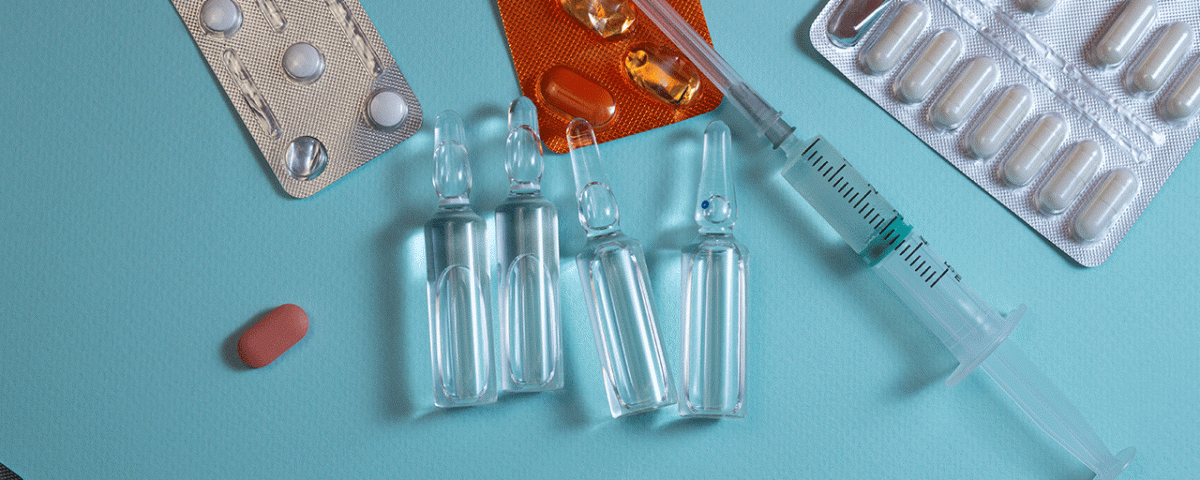Suboxone and Sublocade are two prescription drugs that are used in medication-assisted treatment (MAT) for opioid addiction. While they have similar results, it’s important to know the difference between Sublocade vs. Suboxone when choosing which one you’d want to use during treatment. Both medications require a prescription and, when used as prescribed, produce great results in many people. Today our Pompano substance abuse treatment center is exploring the difference between Sublocade and Suboxone.
Sublocade vs. Suboxone: How Do They Work?
Sublocade
Sublocade is the brand name for a prescription drug that contains buprenorphine, a type of opioid that’s used in medication-assisted treatment for opioid use disorder. Sublocade is administered as an injection and is designed to mitigate withdrawal symptoms during opioid detox and reduce cravings. Many people in recovery often relapse during detox when they attempt to quit drugs without professional care, so this medication’s ability to alleviate opiate withdrawals and discomfort is a big help to many.
Sublocade works by blocking the rewarding and euphoric sensations produced by opioids when they’re taken in large doses. When Sublocade is taken, the medication works like other opioids by attaching to opioid receptors in the brain, blocking other harmful opioids from taking effect. Sublocade requires a prescription for use and is only administered in controlled medical settings.
While this medication is beneficial for some people because it’s an opioid itself, it also has a potential for dependence and abuse. For this reason, it should never be taken or administered without a prescription and medical assistance. Taking high doses of opioids, in general, can lead to overdose and impact major functions like breathing, which can be fatal.
Suboxone
Suboxone is also a prescription drug and contains both buprenorphine and Naloxone. It’s an opioid antagonist, meaning it works opposite to opioids like heroin, morphine, and oxycodone. Opioid antagonists work by activating the pain-blocking receptor in the brain, which alters the person’s perceptions of pain while inducing the release of dopamine and endorphins to induce pleasure and euphoria. When someone takes an antagonist like Suboxone, the medication negates the effects of other opioids by preventing them from activating pain receptors.
Suboxone comes in two forms: a tablet and a sublingual film, both of which dissolve in your mouth. Tablets might be better for people who have no issues taking pills and want something more discreet, while many who take the sublingual film find that this form allows them to taper their doses in smaller increments more easily. Suboxone also has a lower risk of dependency than other medications used in MAT, such as methadone.
What's the Difference Between Suboxone and Sublocade?
Although they’re used for the same purposes and have been successful forms of addiction treatment for many, Suboxone and Sublocade aren’t the same thing. For starters, the main difference between Suboxone and Sublocade is that the former is an opioid antagonist and the latter is an opioid agonist, meaning they work differently in the brain.
Below are some additional differences between Sublocade and Suboxone:
- Sublocade is an injection, while Suboxone comes in a tablet and film form that goes under the tongue.
- Sublocade is used once a month, while Suboxone is taken in a single dose every day.
- Sublocade needs to be administered by a healthcare professional as an injection that goes under the skin (subcutaneously), but Suboxone can be administered either by a healthcare professional or at home by the person.
- Suboxone has been around longer than Sublocade, with the former having been released in 2002 while the latter was released in 2017.
Can You Take Suboxone on Sublocade?
You cannot take Sublocade and Suboxone together, but you would have to take Suboxone or another buprenorphine treatment for at least seven days and show that you react well to the medication before you can take Sublocade. Sublocade is preferable to individuals who require more assistance when taking certain medications and also lifts the burden of taking daily medication for patients in recovery. Oral medications, especially those like Sublocade that can lead to dependence, may not be as safe an option for some people.
Which One Is Right For You?
Deciding whether Sublocade or Suboxone is right for you isn’t a decision you should make alone. Sit down with your doctor and discuss your options and whether medication-assisted treatment is right for you. Some MAT medications require medical detox while others don’t, and those like Sublocade and Suboxone have certain prerequisites for use, as well.
Need Addiction Treatment?
While these medications are beneficial to many people, they’re just one part of the solution. Even if you or a loved one has access to these medications, do not use them without a prescription and the assistance of a healthcare provider. At the end of the day, detox and addiction recovery is safest and most effective when conducted by experts.
If you or someone you know is struggling with addiction, our Pompano Beach, Florida drug rehab offers various levels of care for substance abuse treatment designed to help people in all stages of addiction and recovery. From IOP to telehealth services, our facility offers all types of treatment to meet people where they are in their recovery journeys.
Sobriety is achievable for everyone, so don’t hesitate to reach out to us. Call Banyan Treatment Center today at 888-280-4763 to find out how we can help.
Related Reading:
Vivitrol vs. Suboxone
What Happens To Your Body During Withdrawal?








